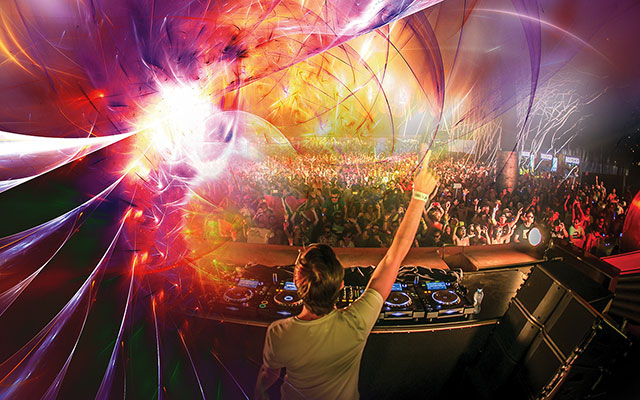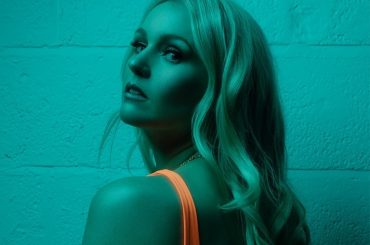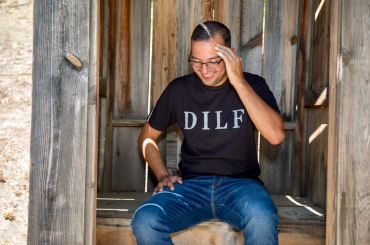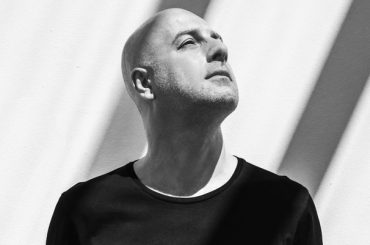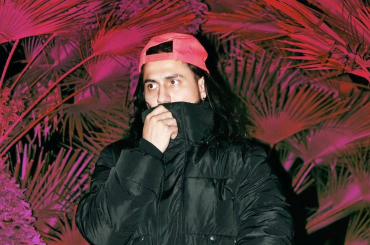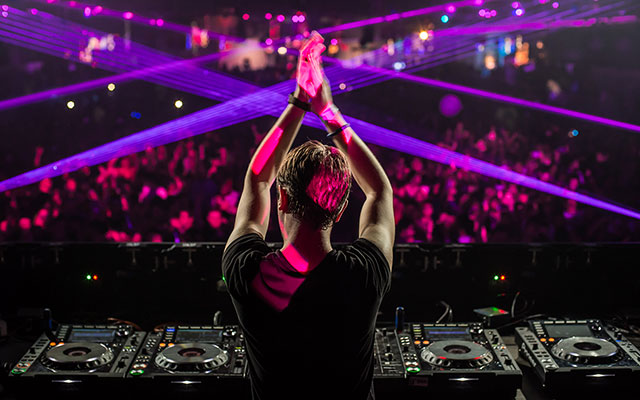 DJ Times: How did you catch the attention of Armin van Buuren?
DJ Times: How did you catch the attention of Armin van Buuren?
Rayel: I had released one of my first finalized, complete tracks on a Russian label when I was 17-years old. It was called “Aether.” That label had a really good promo service, so they sent the promos to all the big names, including Armin. They sent him the track and he really loved it big time. For about two or three months around that time, he would start all of his shows with an intro mix of my track. After that, the guys from Armada contacted me and told me they liked my sound and asked if I wanted to work with them. I was more than happy to because Armada is one of the biggest labels in the industry. It feels like a family, they give me advice and Armin tells me what he thinks is good and not so good for me.
DJ Times: What’s your approach when remixing tracks?
Rayel: It’s always different. I get so many requests to do remixes, but sadly over the last few months I had so many great requests for songs that I would love to do remixes for, but I have no time to do so because I’m on a full tour. I might be on tour for a month and then come home for two days, which I have to use just to get some new clothes and get ready to go on a whole new tour. Over the past two years, though, I’ve been focusing on doing remixes for the tracks that I really, really love. Sometimes, someone sends you a really good track, and you think that you can’t top it with a remix, so you have to say no. If it’s too good already, it’s too hard to impress with a remix of it. I don’t want to do a remix that’s going to be weaker than the original mix. I want to improve it, not just say that I did a remix of this track by some guy.
DJ Times: What’s your studio set-up?
Rayel: I use a really fast PC with a lot of hard drives because I keep all of my samples, projects, and backups on it. I’ve used Cubase for about the past five years, and for monitors I’ve got Yamaha HS80Ms and KRK RP10s. I use a MIDI keyboard, of course: a big M-Audio Axiom. I use a TC Electronic sound card. I use some hardware, but I know a lot of producers who own a lot of it and never use it. It’s cool to have and I’ll occasionally use some for a track.
DJ Times: What about your DJ setup?
Rayel: Just the most common one that everyone uses: a pair of Pioneer CDJ-2000s and a DJM-900 or DJM-800.
DJ Times: How do you prepare for your sets?
Rayel: I can’t say that I completely plan it. I always know the key tracks I’m going to play because it’s my music, and I think as a DJ you have to play mostly your music because you want to show the crowd your music. We’re not true old-school DJs anymore—sadly or luckily depending on how you look at it—that can play for eight hours and play a variety of tracks. Nowadays, you go to a big festival and they give you one hour. You’re not going to play all other people’s tracks; you’re going to play a lot of your tracks. I always do edits, and I try to make them different for each show to make it special in case I don’t have a complete new track to show off that night.
DJ Times: You’ve played over at Marquee Las Vegas a fair bit. What are the Vegas crowds like?
Rayel: You have to play a little bit different because people in Vegas are coming for fun. Let’s face it, they don’t go to Vegas for the music; they want to have fun over there so you have to give them a party, not a journey or a concept. I love Marquee, and I’ve played both the Dayclub and Nightclub and everyone has fun, so I can’t wait to go back.
DJ Times: Do DJing and producing give back to each other?
Rayel: Absolutely. I play for a crowd, and after my set, I get inspired big time. I can go into the studio with the memories of what I felt at that moment when I go to produce new tracks. When I produce tracks, I always imagine how people will react to a specific part of a track when I’m mixing it. There’s always a balance between DJing and producing.


